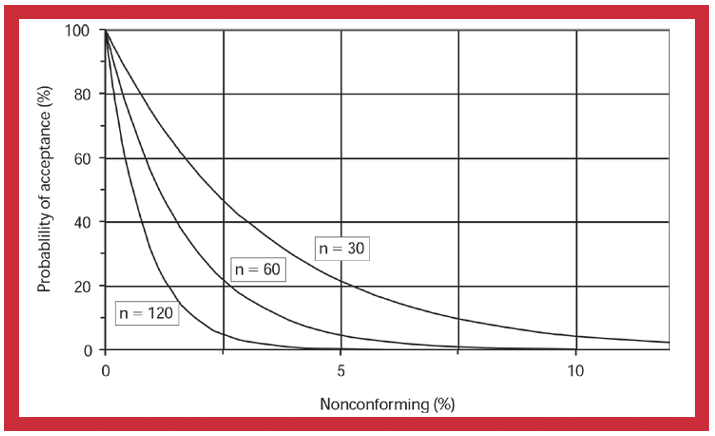
OR WAIT null SECS
- About Us
- Advertise
- Contact Us
- Editorial Info
- Editorial Advisory Board
- Do Not Sell My Personal Information
- Privacy Policy
- Terms and Conditions
© 2025 MJH Life Sciences™ , Pharmaceutical Technology - Pharma News and Development Insights. All rights reserved.
Empty Houses
Is the recent round of Big Pharma plant closings a sign of regrowth?
My brother, my sister, and I have just finished cleaning out the house we grew up in. Maybe I'm overly sensitive, right now, to the sadness of empty houses, of "bare ruined choirs, where late the sweet birds sang."
Douglas McCormick
Maybe that explains why I find the most recent round of plant closings so troubling: Merck will stop producing approved pharmaceuticals at its oldest manufacturing plant, in Rahway, New Jersey. Pfizer is closing its Parsippany, New Jersey, plant. (A coworker with family in the area was dumbstruck at that announcement: "I can't believe it," he said. "That plant has been there forever. That plant is Parsippany.")
Now, chances are that neither of these "closed" buildings, nor the others caught up in this year's wave of capacity rationalization, will really be empty. The Merck factory will produce clinical trial or prelaunch supplies. Pfizer will try to sell the Parsippany facility; if it follows the pattern of other divestitures, it may then enjoy renewed life in contract manufacturing. And one wishes that the 500 jobs slated for elimination will shift to new positions in new locations, or will re-emerge as the facilities find continued life.
I hope so. Abandoned buildings are grieving monuments, bodies bereft of life. I used to sail out of City Island, New York, a New England seaport village somehow set down in the bustling Bronx. Directly west of the island, and directly athwart my course to Long Island Sound, stretched Hart Island—101 long, narrow acres that may well be America's most melancholy scrap of real estate.
New York has always used its outlying islands to store its rejects, pushing its marginal souls to the margins of the city: criminals to Rikers, the plague-ridden or mad to Welfare (now Roosevelt), the immigrants to Ellis.
Hart Island has, over the past 150 years, served as an orphans' merchant marine training school, a reformatory, a military prison, a yellow-fever hospital, an insane asylum, and a municipal jail. And throughout that time, Hart Island has been the city's Potter's Field, the burying ground for New York's unclaimed dead.
The old institutional buildings still stand, their brickwork sun-faded and salt-stained. The great eastern seawall affronts each morning's sun with a warning, painted generations ago in letters twenty feet high and still faintly legible: "Prison Keep Off." Behind the wall rise tiers of staring empty windows, barred and glassless and baleful.
The vast emptiness sends chills down the spine on even the sunniest day.
I wish I knew for certain that the new drug-manufacturing cutbacks were harbingers of a vital, new pharmaceutical sector. Certainly, the language of the closing announcements sounds right: they talk of integrated global manufacturing systems and the sort of transforming new efficiencies that Pharmaceutical Technology preaches. As Merck announced that it will eliminate 7000 jobs (11% of its workforce) and shutter 16% of its manufacturing plants, it also cited its Arecibo, Puerto Rico, pilot program, which has shown the way to cutting cycle times in halve and reducing inventory by a third. The old and inefficient must be sloughed off to make way for the new. There is no room for nostalgia or sentiment.
But is the retrenchment a definitely sign of growth? The bigger pharma companies get, the smaller their pipelines seem to be. (I'd like to see a scatter plot of R&D investment per new molecular entity approve versus total R&D budget.) Is the industry repositioning or retreating, as it has already retreated from former strongholds in the Midwest, as General Motors retreated from Flint, Michigan, in its headlong flight from Toyota, Honda, and Daimler?
I wish I knew.
Douglas McCormick is editor in chief of Pharmaceutical Technology, dmccormick@advanstar.com.



